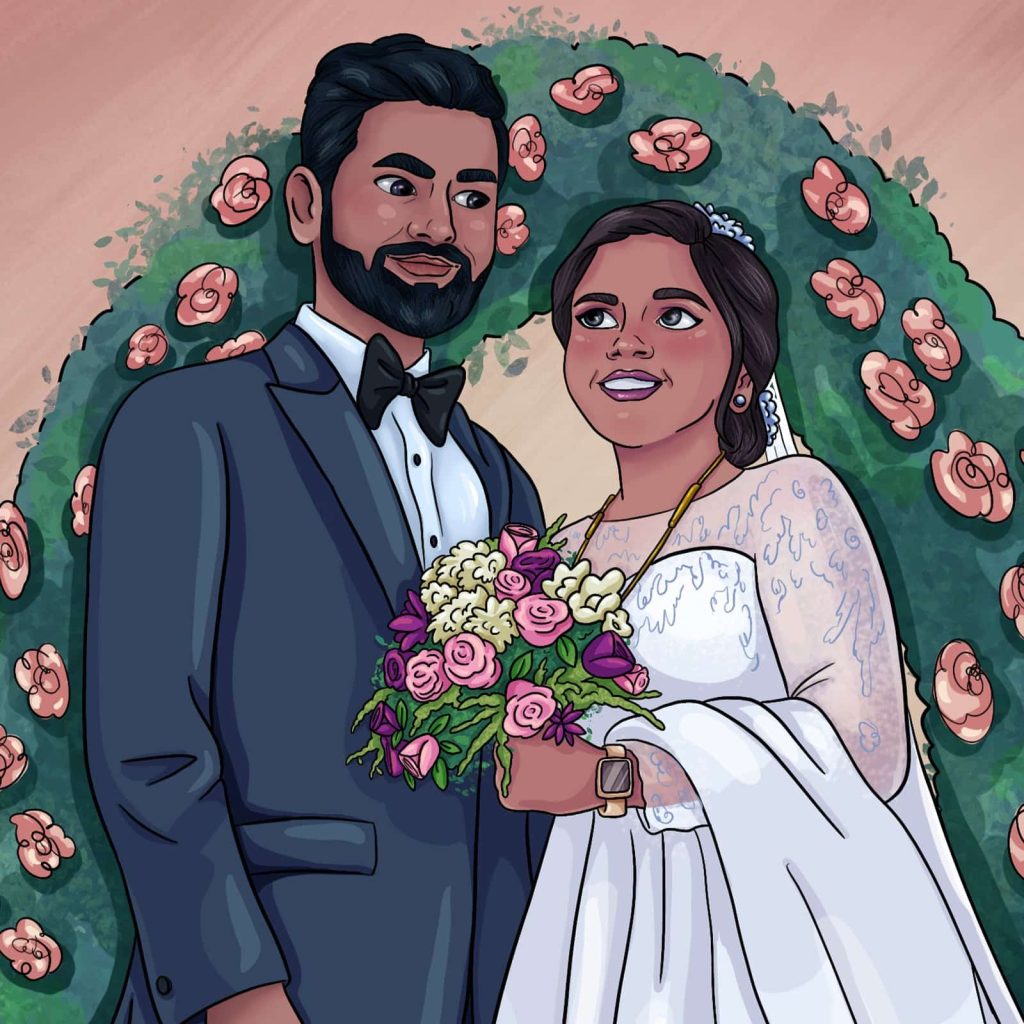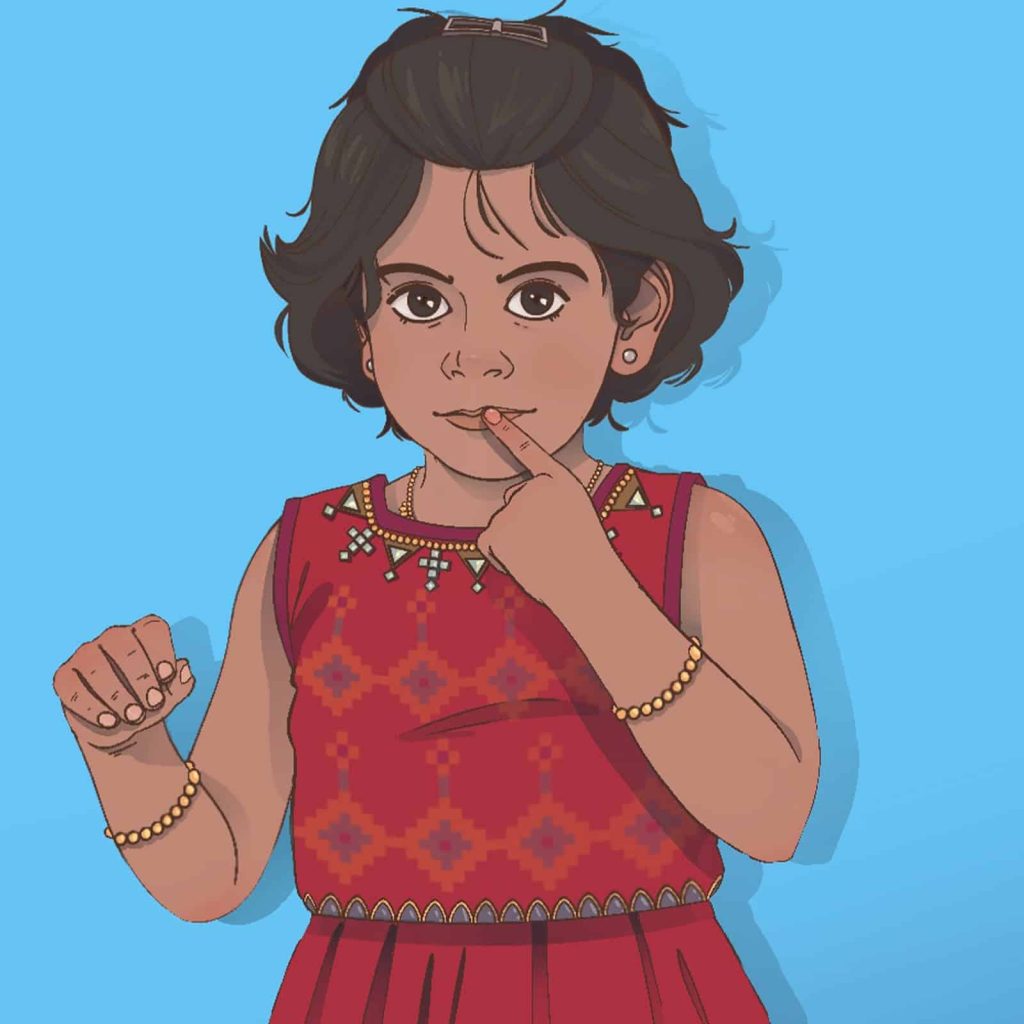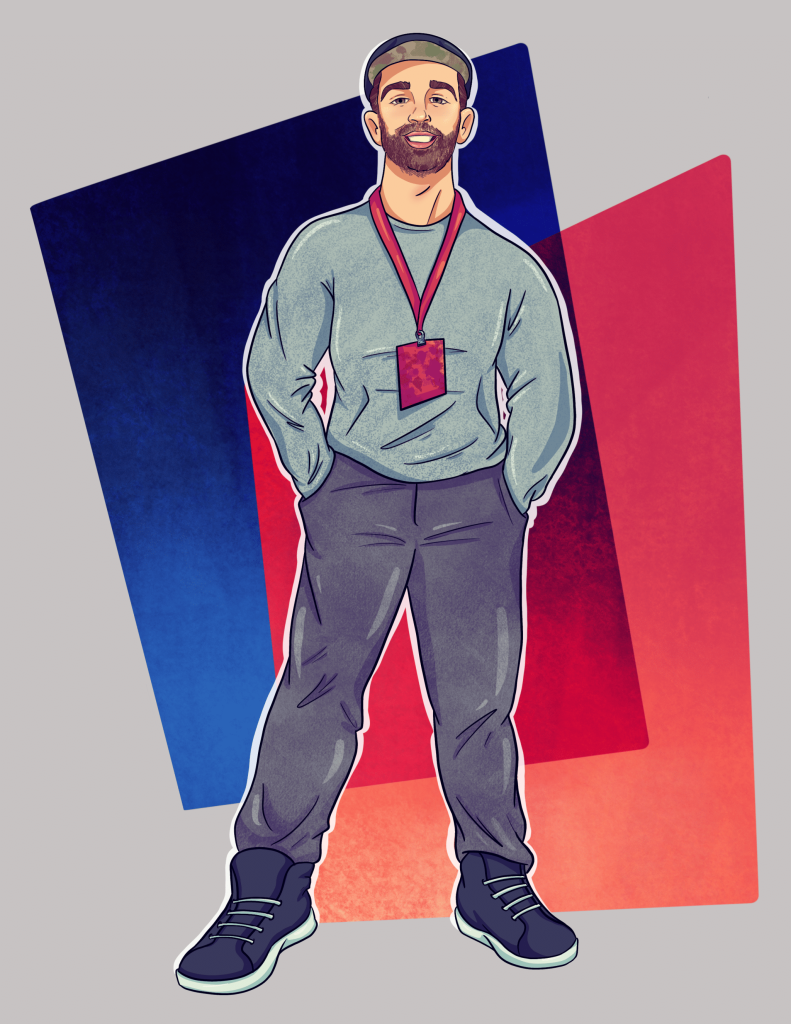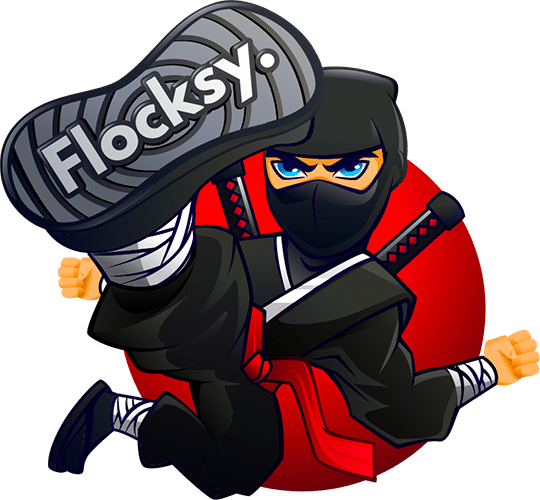When you’re creating a professional profile, a social media persona, or enhancing your branding with a recognizable face, you’re in the market for an avatar.
In fact, having an avatar designed for your brand is becoming increasingly popular. You can also design avatars for the users on your site. If you’re looking for avatars for your business or visitors to your website, a professional illustrator can help you create the best images to represent your brand.
But what exactly is an avatar, and how do you use it for your business?
Let’s dive in.
What is an Avatar?
An avatar is a representative of a person or organization. Avatars can be branded with various proprietary names, including the Apple Memoji or the Nintendo Mii. Still, the idea is that an avatar projects your identity where you can’t physically go or when there isn’t a “true” person available to represent you. Avatars go into the digital realm and can be used by individuals and companies to interact with others.

What are Avatars Used For?
Digital avatars mostly fall into two principle types. We’ll be talking about the first one for the most part because that applies the most to branding.
User Self-Portraits

The most common places you’ll see avatars are on social media profiles, messaging apps, or any online service where a representative photo of a user is required. This use is probably the first thing that comes to mind when you think about avatars.
Although these types are commonly static images, they can be animated, but they don’t have operational controls. In other words, they’re just images. You can move them around or do things online with them, like dance or wave, and the purpose is just to give users a face.
Vessels For Simulation
When you are looking to move around in a digital world, you’re looking at this second type of avatar. These are popular in video games, and you can even find them on Facebook’s Metaverse. These avatars are your playable characters who you can control and have perform actions to interact with that online world. It’s your “sim.”
A true avatar is a blank slate that the user can customize to their liking. In video games, these are frequently called “silent protagonists,” or protagonists who don’t have scripted dialogue beyond what the player can choose. Depending on the game, you can choose how these avatars look based on the settings available during a popular section of the start-up called character creation.
Avatars & Branding
Avatars that represent a brand are steadily growing in popularity, and they are seen representing both the company itself and its clients or users. Google, Apple, Slack, and many other technology companies involve user profiles and messaging, which naturally calls for using avatars. Custom avatars that align with an existing brand can keep a consistent look across a site and help customers see themselves reflected in that brand.
It’s all about conveying an identity to the audience, and assuming the brand personality is informed by their target audience, brand and user identities will typically be very similar.
Brand imagery is frequently used in default avatars or placeholders attached to a user’s profile when it’s first created. As default avatars are made to be changed, providing users with a series of avatars that make sense for your brand is essential. Think of choosing a profile avatar on Netflix.

A talented designer can take your existing visual identity and create custom avatars for your brand and your users.
With that in mind, let’s get into how avatar design works.
The Practice Of Character Design In Creating Avatars

There are critical differences between avatar design and character design that set these types of illustrations apart. To better understand this, let’s go over what characters are compared to other avatar-adjacent terms.
- Character: A fictional persona that typically inhabits a story and has specific traits detailed in that story.
- Mascot: A fictional persona that can represent a brand or organization- typically in a cartoonish style.
- Emojis: An imagistic representation of an emotional reaction that can be a face, eyes, a gesture, or even popular memes.
While avatars can be fictional depictions, they are supposed to represent real people. And unlike characters, while similar to emojis, avatars don’t have to resemble a person at all. They can be inanimate objects, abstract shapes, animals, etc. It’s based on what type of image the user wants to use to showcase their personality, which is different from an emoji that typically just represents a single emotion or thing.
But even though avatars are not characters in the strictest sense, the character design process is still helpful for avatar design—provided you approach it differently.
Types of Avatars
Humans
Avatars that resemble actual people are the most common type, and these fall under the “human depiction” category. While the most straightforward and arguably the most common is the “selfie photo” type, humanoid avatars can also be custom illustrated.

When providing custom illustrations representing humans, you can expect them to encompass the totalities of races, ethnicities, styles, and genders. If you’re designing avatars for users, it’s essential to include a full range of diversity and not use a stand-in of oddly colored skin to give the illusion of diverse races.
Creatures

These types of avatars can basically include all non-human options. This type of illustration can include animals, monsters, aliens, and mythological creatures. In many cases, photorealistic depictions aren’t as expected, and many are cartoonish or anthropomorphized. However, the style used is up to the person and brand and the type of image or feeling they want to depict.
Initials
While used as an avatar, these illustrations or designs better fit into a logo or typography design category. They often consist of just the user’s initials, and they can be straightforward or contain detailed flourishes that provide a lot more visual interest.

Getting Your Avatar with Flocksy
Avatars can act as digital extensions of ourselves. In many cases, they’re the only version of a person or brand that is visible online or in the digital world. Because it can carry such weight, having a professional artist work with you when you’re getting an avatar for your brand or for clients to use on your platform is crucial.

While avatars, of course, cannot represent the full complexity of a brand, they do bring a crucial human element to one. With Flocksy custom illustrations, you can start an avatar design project right from the dashboard and see incredible results in as little as 24 hours.
It’s easy to get started. Just start an illustration project, choose “avatar design” as the subcategory, and then describe what you’d like to see from your dedicated team of artists. Based on your details, you’ll receive something amazing that will represent your brand in the best possible way.
You can check out more of our avatars here in our Portfolio, and you can also learn more about custom brand illustrations here.
